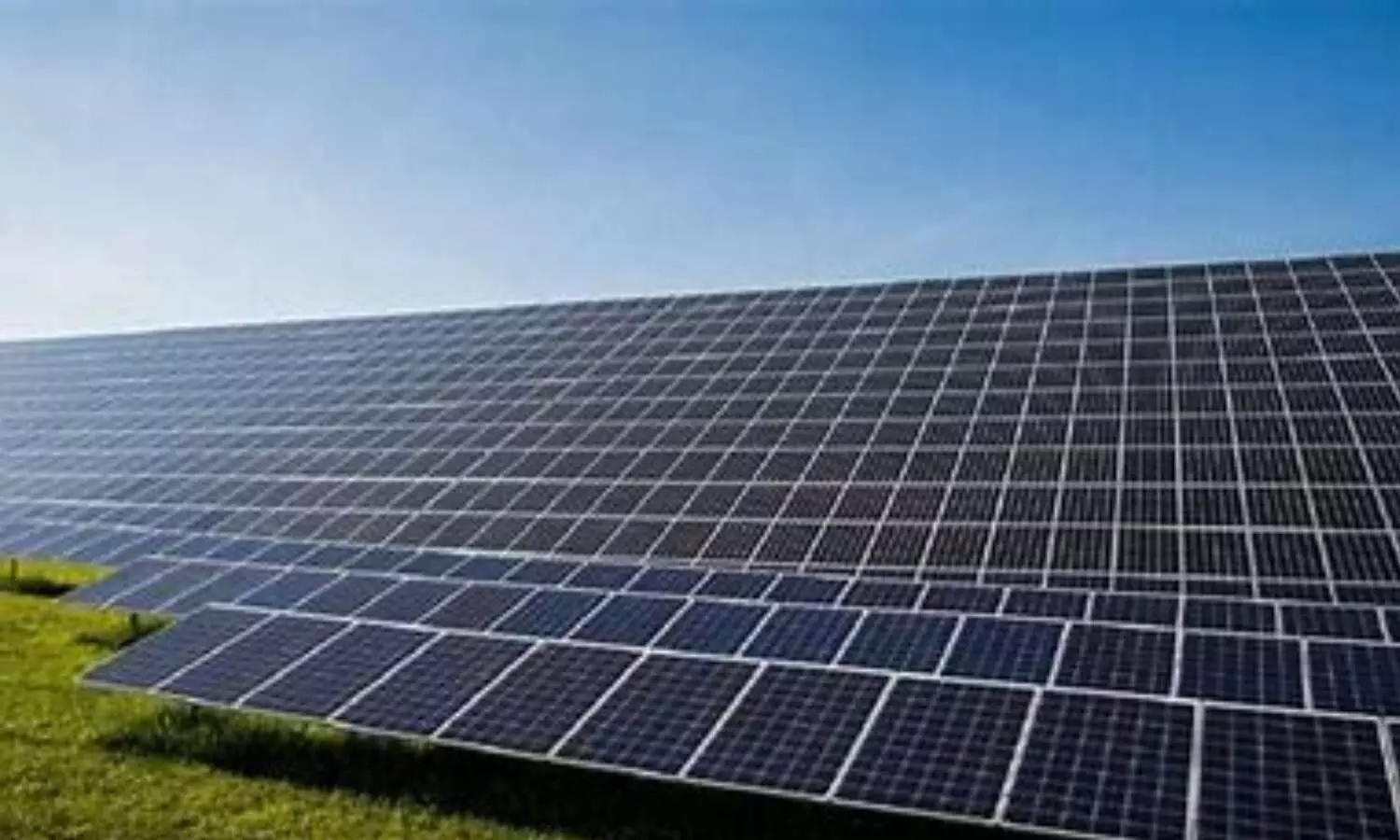Will the New Rooftop Solar Scheme Drive Capacity Addition?
India's ambitious Rooftop Solar Scheme, 'PM Surya Ghar Muft Bijliee Yojana,' aims to boost solar capacity, address cost barriers, and drive awareness for sustainable energy adoption.
image for illustrative purpose

The Indian government, led by Narendra Modi, has been keen on increasing the country’s solar energy output. Their latest effort, the ‘PM Surya Ghar Muft Bijliee Yojana,’ aims to significantly boost the installation of solar panels on rooftops across India. The new Rooftop Solar Scheme is part of a broader goal to achieve a whopping 500 gigawatts (GW) of renewable energy by 2030. Despite aiming for 40 GW of solar rooftops by 2022, India only reached 10 GW by 2023, with residential setups contributing about 3 GW.
To make solar panels more appealing and affordable to households, the government has decided to increase the solar power subsidies for buying solar panels to 60% (up from 40%) and is offering loans for the installation at a low interest rate of 7%. They're also making it easier for people to sell any extra electricity they produce back to the electricity companies.
Experts suggest that India has the potential to install up to 637 GW of solar panels on rooftops, significantly boosting solar panel installations. Even using just a third of this solar power generation potential could fully power Indian homes. However, due to current lower electricity usage and without any government subsidies, the realistic potential drops significantly. But with the new government subsidies, the potential rises again, making solar panels a viable option for many more households.
Since 2015, the government has been working on various programs to encourage the use of rooftop solar panels. However, there have been challenges like raising awareness, the need for quality solar panel providers, and getting local authorities on board for smooth implementation.
There are many benefits to using solar energy, such as reducing electricity costs for households and lessening the financial and environmental burden on electricity providers, while also facilitating capacity addition in solar energy.
The government is optimistic about the scheme, aiming to equip 10 million households with rooftop solar in two years. Additionally, improvements in domestic solar panel manufacturing are expected by the end of FY25, thanks to government incentives, which should help meet these ambitious targets and facilitate solar energy capacity expansion.
In summary, the Indian government's new renewable energy schemes are making solar energy more accessible and affordable, hoping to significantly increase the country’s solar capacity. This not only helps in moving towards renewable energy but also in making electricity more affordable for people.

